Influence of the west in Filipino architecture, costumes & music
Influence of the West in Filipino Architecture, Costumes & Music
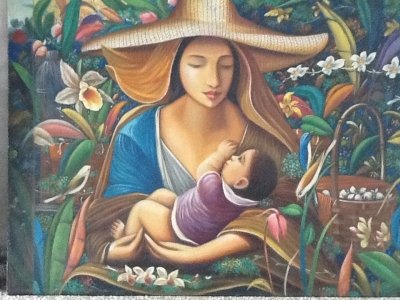
Image Source
Spanish also brought the western ideas of architecture in the Philippines. The western has a huge influence in the buildings of the country and is responsbile why we can see in Manila and in some places that some houses have the same Spanish look with ground that is the same with what we can see at Andalusia. This style fit and beneficial to the tropical climate like in Andalusia were its climate is meridional.
In creating those Filipino houses, we can noticed that in the place where it usually rain, its roof were inclined. The same in those places where storm and typhoon usually occurs, like the islands of Visayas. It's confirm that the architecture of the west together with its look and style, continuously spread in the Philippines.
The American principle of architecture were then utilized which were focus in the ventilation, lighting and the comfortability of every rooms. Likewise, we have also claim our inclination and favored of the European ornamentation inside and outside the building and its desire to make it more pleasant. Juan Arellano, Tomas Aeguelles & Tomas Mapua are the Filipino architect who were referred to as contemporaneous architects.
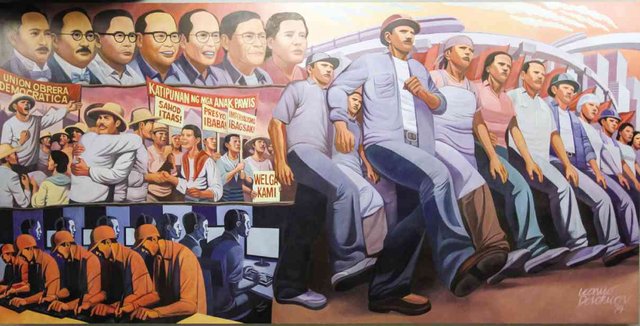
Image Source
Great Filipino Worker
Regarding the aquatic architecture, it is easy to understand that Filipinos needed this, especially to those who are living in places with huge body of water, to build a boat for their transporation of fishing career. Filipinos are expert in building boat, from making a simple fishing boat to sailboat which will be use to transport to different islands which can be usually seen in the towns located near the seashores.
The word sailboat (paraw in Filipino language) could be a different form of the word "palaw," the name referred to those who were living in the island of Marianas who usually travelled in a far away places in the ocean. Sorsogon is known as among the region who is good in building huge aquatic vehicle, especially lorcha and galera.
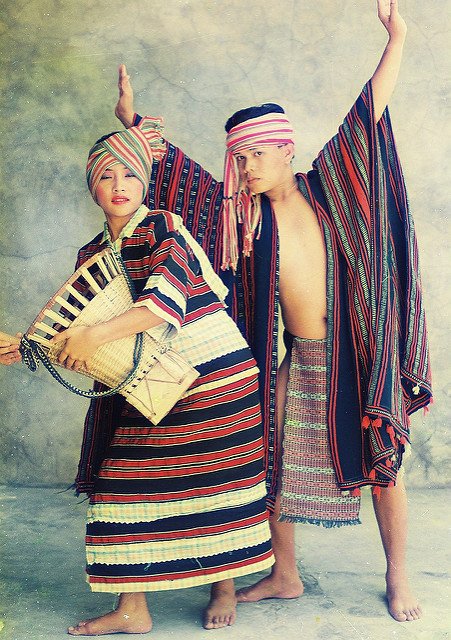
Image Source
Costumes
The Filipino costumes, like the costumes of the other races, also changed and undergone modifications as the time pass by by. Before, there are so many looks in the garments of boys and girls, but two of them were already a fashion before the arrival of the Spaniards. Lets talk about the tight and loose style.
It could be that the tight garments were created by the Indonesians and Malaysian, while the loose style where taken from the Chinese. It could also be the reason why before those times and even in the current times, tight garments are usually seen in the regions of Mindanao and its neighboring islands where the Chinese influence are not the spread compared to the other places in the archipelago.
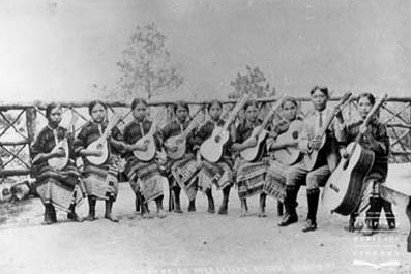
Image Source
Filipino Music
Before the Spanish occupation, islands in the Philippines already had music. The Negrito, Indonesian and Malay has its own music. Only few historian devoted its time with the native music. Pigafetta, who was with Magellan was the one who presented the Filipino music into the western world through its composition "Primo Viaggiointorno al globoterraqueo."
He indicated in his piece that he saw for women children in Cebu playing instrument. He also mentioned the drum and the instrument known as "subig," a small instrument made with bamboo and is still currently use in the far aways places of the country. It is called "barimbaw" in tagalog and one example of its look is the Jew harp.
The similarity of subig and Jew harp only proves that Filipinos has lots of things that are the same with the western. Other Filipino music were also mentioned by few writers like Chiino and Delgado who are both Jesuit, Wals, Merino and Mallat.
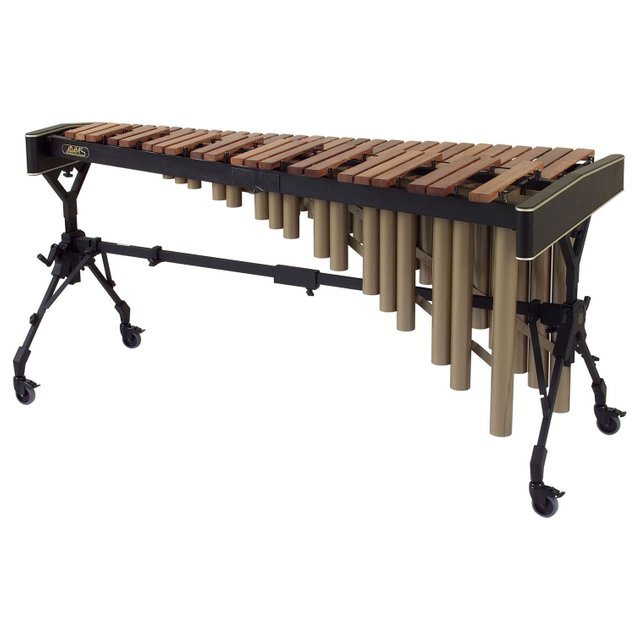
Image Source
We also need to mention Honorable Isabelo delos Reyes and Director Efifanio de los Santos, they published in the debate that took place in Manila last November 28, 1920 the article about the native music of the Philippines and discussed the instruments that were by the natives in the different regions of the country like, Ilonggo, Tingayan and Negrito.
They described the instruments like katelag, dyodioas, and kutibeg. In Mindanao, "agong" were still use up to now, and in Palawan, kudyapi which were mentioned by G. Delgado and other historian, were still use by the Tagbanwa. The Visayan has also this instrument known as lantoy that looks like flute.
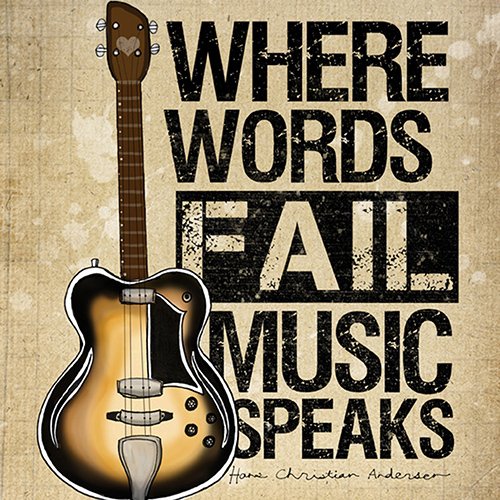
Image Source
Source:
Buhay at Kulturang Filipino
By: Norberto Romualdez